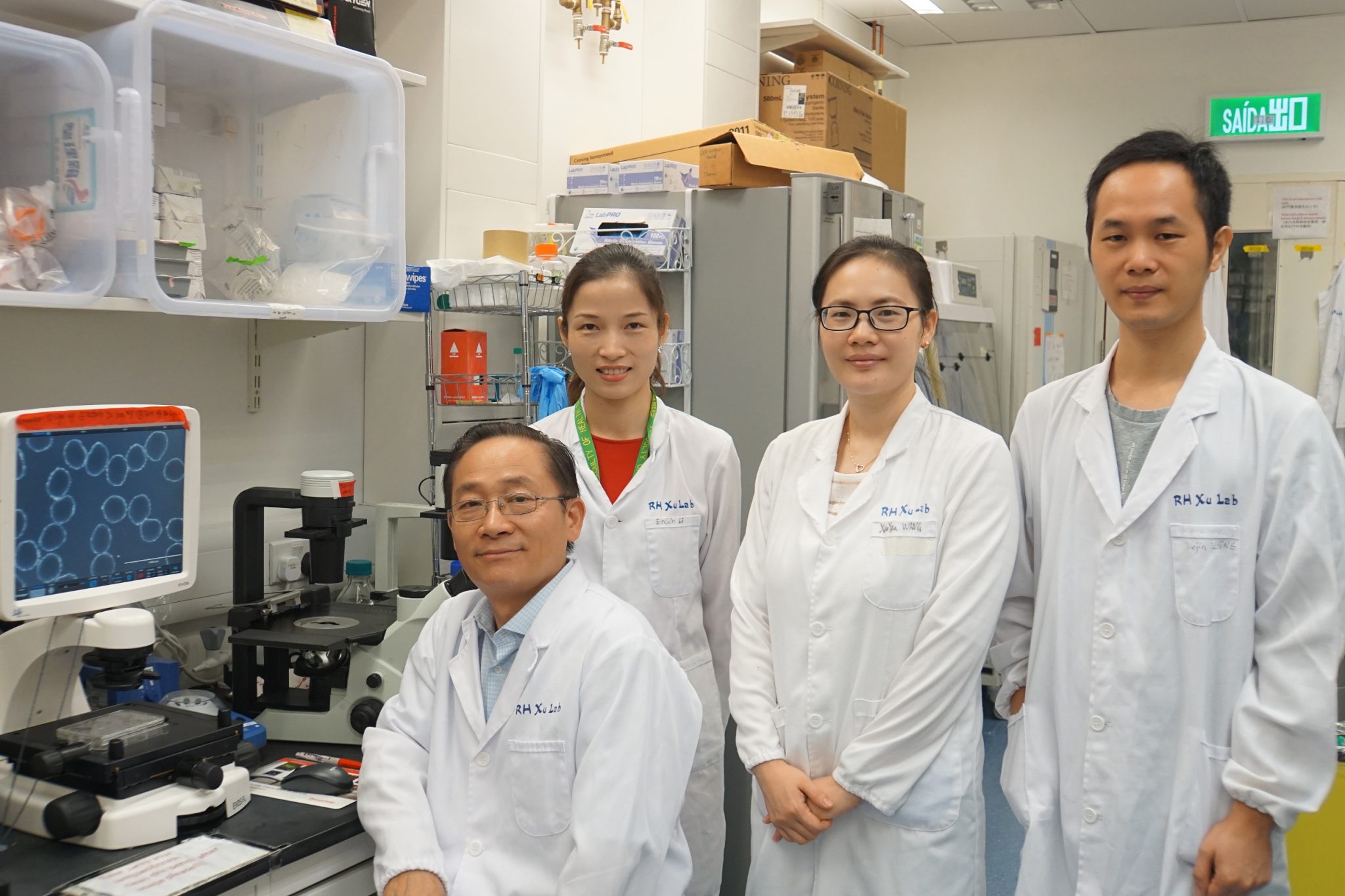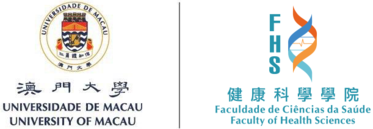澳門大學健康科學學院科研取得重大進展,科研團隊發明一項新技術能利用幹細胞球(而非單個幹細胞)加速皮膚創傷的癒合。整個過程無創、高效、不再受限於幹細胞的捐獻,打破了傳統上需要注射幹細胞的局限,創立了皮膚傷口治療的新方法。該研究獲國際著名期刊《Theranostics》(影響因數8.063)發表。
題為“Noninvasive application of mesenchymal stem cell spheres derived from hESC accelerates wound healing in a CXCL12-CXCR4 axis-dependent manner”(利用人胚幹細胞來源的間充質幹細胞球,無創加速傷口修復)的研究項目由澳大健康科學學院徐仁和教授主導,帶領為共同第一作者的澳大健康科學學院博士研究生王曉燕和蔣斌,及吉林大學人工智慧學院助理教授孫慧妍參與此項研究。
該團隊於2017年曾在Biomaterials報導人間充質幹細胞球能在常溫、封閉的環境中通過類似“冬眠”的機制存活長達10天,從而建立了一種幹細胞常溫儲運的新方法。本研究進一步發現這些幹細胞球能直接塗抹於皮膚傷口,即使在低氧和炎性的創傷環境中,這些幹細胞球比單個幹細胞更容易存活,且能快速遷徙到傷口內部,幫助表皮重建和血管再生。相較於傳統幹細胞注射的方式,大大提高了移植細胞的存活,並減輕了移植過程的痛苦。
利用外源性的幹細胞可以促進傷口的癒合。但目前移植的幹細胞大多來源於人體的骨髓、脂肪和臍帶等。這種幹細胞來源有限,細胞質量和活力不均一,存在病原體傳播的風險,有的在採集過程中還會給患者帶來痛苦。該研究使用人胚幹細胞分化的間充質幹細胞,突破了幹細胞來源有限的瓶頸,且人胚細胞分化後的細胞活力更強,形態和功能更均一。
目前,幹細胞治療主要通過注射單個幹細胞的方式,包括靜脈注射和局部注射,這些方式都會給患者帶來一定程度的不便和痛苦,且移植後的單個細胞活力低,很少能成功遷移到靶組織或器官發揮作用。該研究將幹細胞以球體的形式直接塗抹於傷口,簡單直接,移植後的幹細胞球早期內肉眼可見,然後迅速遷移到傷口深部,並調動傷口邊緣的表皮細胞擴增和向中央遷移而發揮作用。此項新技術便利、安全、高效,結合幹細胞球可以常溫儲運的特點,有望為皮膚深度創傷的幹細胞治療提供新的手段,而且對糖尿病小鼠的皮膚創傷也有顯著療效。移植的幹細胞在傷口癒合後逐漸消失。為提高生物安全性,徐教授團隊還在幹細胞基因組中插入了一個自殺基因,可以在傷癒後通過注射一種簡單藥物觸發該自殺基因表達而殺死剩餘的幹細胞及其衍生細胞,從而避免腫瘤發生的擔憂。
本課題獲澳門大學和澳門科學技術發展基金資助,該技術已申請專利。有關該研究論文更多資料,可詳閱:http://www.thno.org/v09p6112s1.pdf. 。此研究亦獲澳門日報及其他本地媒體報導, 可參閱: https://h5.newaircloud.com/detailArticle?sid=aomen&newsId=8543406_10621_aomen,
https://news.gov.mo/detail/en/N19Hb3LVr6?3, http://www.vakiodaily.com/news/view/id/339943

澳門大學健康科學學院團隊發明一項新的皮膚治療技術

